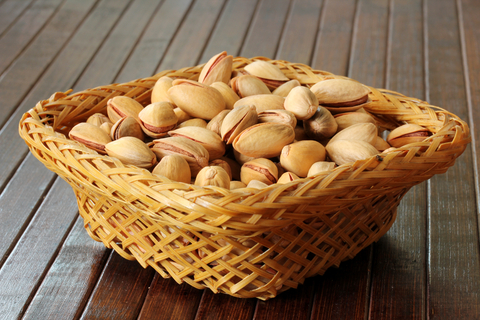If your blood pressure consistently starts to hit the roof, check if you have hypertension. Hypertension is when an individual suffers from consistent high blood pressure; even when he’s resting. While hypertension on its own doesn’t necessarily produce symptoms, this condition could lead to a number of related health problems over time to include heart diseases and stroke. So, while you may still need to sort this condition out medically, you’d be surprised at how effectively hypertension can be dealt with nutritionally.
So many conditions -ranging from diabetes and obesity to heart diseases -can be managed and even cured by the food we eat. While a balanced diet works to ensure that your overall health is well managed, for hypertension, you have to take extra care. In other words, it’s time to get hyper about the following:
REDUCING SODIUM
Sodium, or salt, increases blood pressure. If you have been diagnosed with hypertension, cut down on your salt intake. And it’s not just the obvious addition of salt to your daily cooking.Even packaged and processed foods come with their own sodium content. Read the nutritional label to en sure that the intake is permissible.Sometimes, sodium content can mask itself in the form of com pounds like sodium benzoate (a commonly used food preservative). Check if any ingredient has the word `sodium’ before it, and avoid those. To manage hyper tension, the recommended sodium intake per day should not exceed 1,500 mg or 1.5 gm, which is about half a teaspoon. You may also need to watch out for high-sugar beverages and foods, which impact your blood pressure as well.
POTASSIUM AND MAGNESIUM
Where there is low sodium, there is also high potassium and magnesium.Potassium is actually present in tiny quantities in certain fruits and vegetables. Your body only needs these small quantities, and introducing foods with potassium will help reduce hypertension. Fruits and vegetables are excellent sources of potassium and magnesium. Bananas, muskmelon, plums and peaches are a superb source of potassium; plus, they are cheap and easy to carry around for a healthy mid-day snack. Potatoes are high in magnesium and potassium.Leafy vegetables also help manage hypertension beautifully.
WHOLE GRAINS
In addition to the above, eat more whole grains, fat-free or low-fat dairy products, poultry, beans, nuts, seeds, fish and veg etable oils. I would also recommend a glass of raw vegetable juice (juice of three or more types of vegetables) blended coarsely in a blender, not a juicer. Drink up im mediately once a day to pave the way for good health.
FRESH FOOD
Buy fresh foods, chuck canned food, eat at home rather than dining out, and you may soon reach a day when your hypertension just disappears! Cutting down on processed foods, snacks and fast food in general is essential. Watch out for canned goods and cured meats too; they could have high sodium con tent because of the way they are preserved or prepared. And word to the wise: if you are going all out on salads, try and avoid salad dressings that are high in fat and sodium.
This could be a setback for your sodium management.
Dietary approaches to manage hypertension are highly recommended because of how easily accessible these foods are. A healthy, balanced diet will also help you be in better shape.


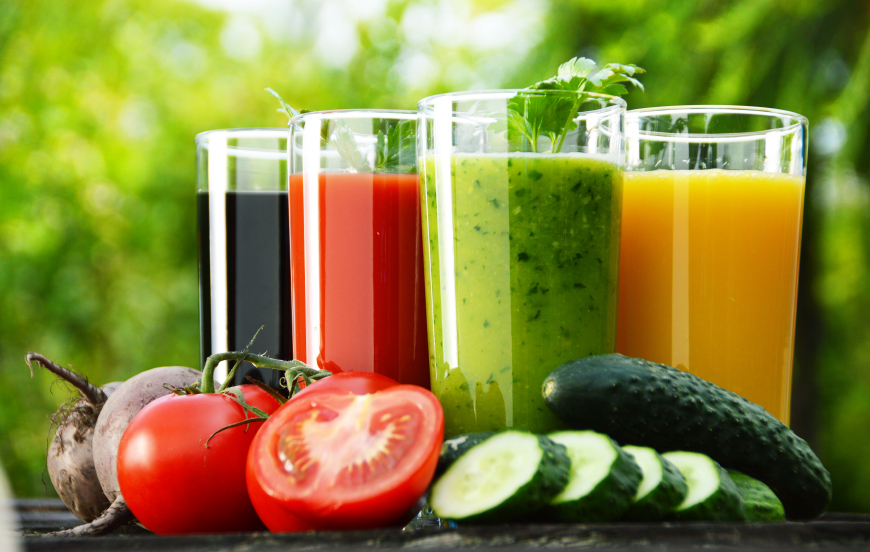
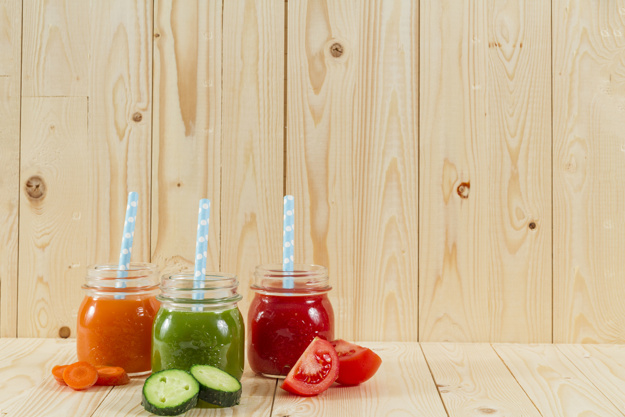
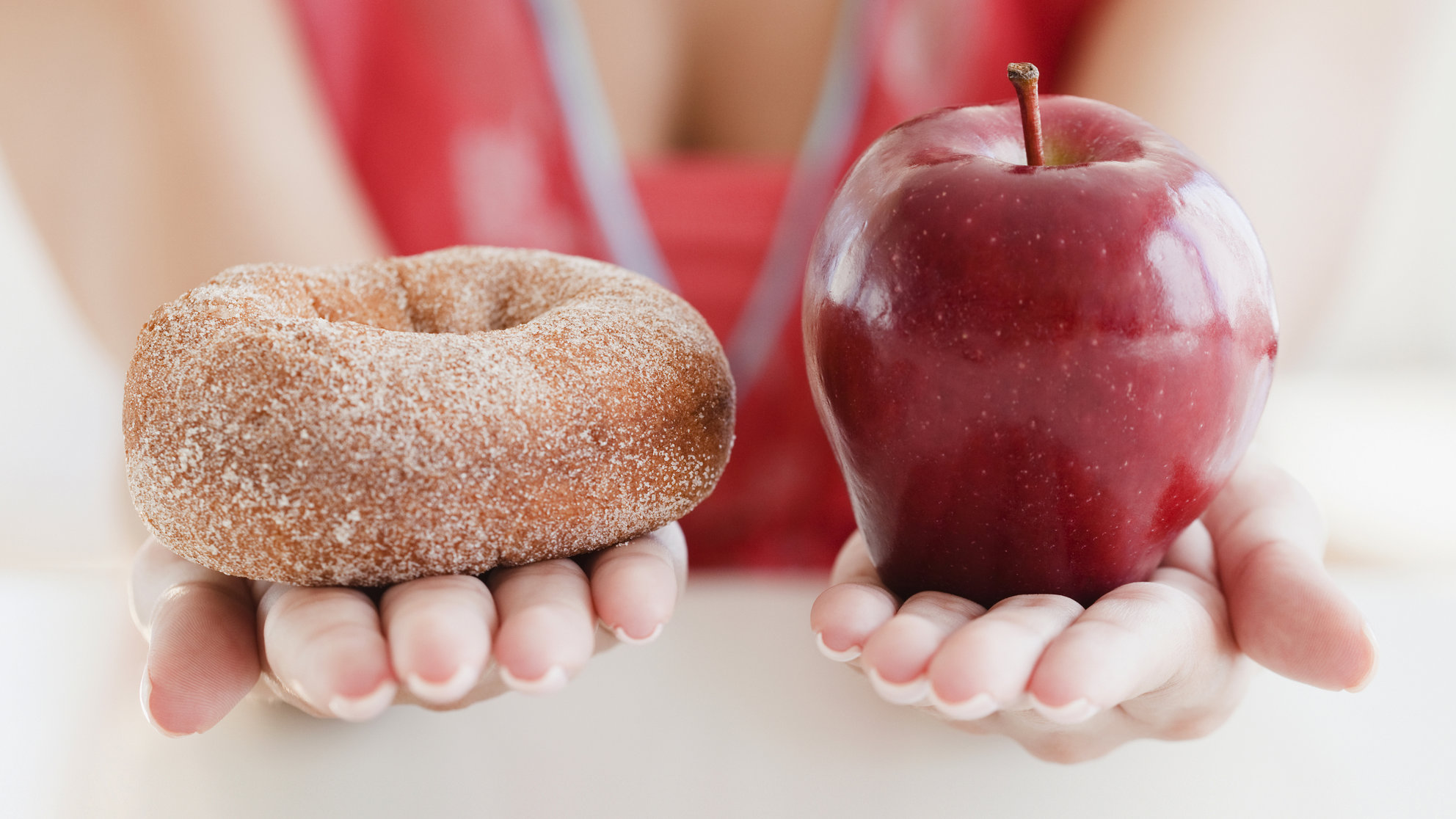



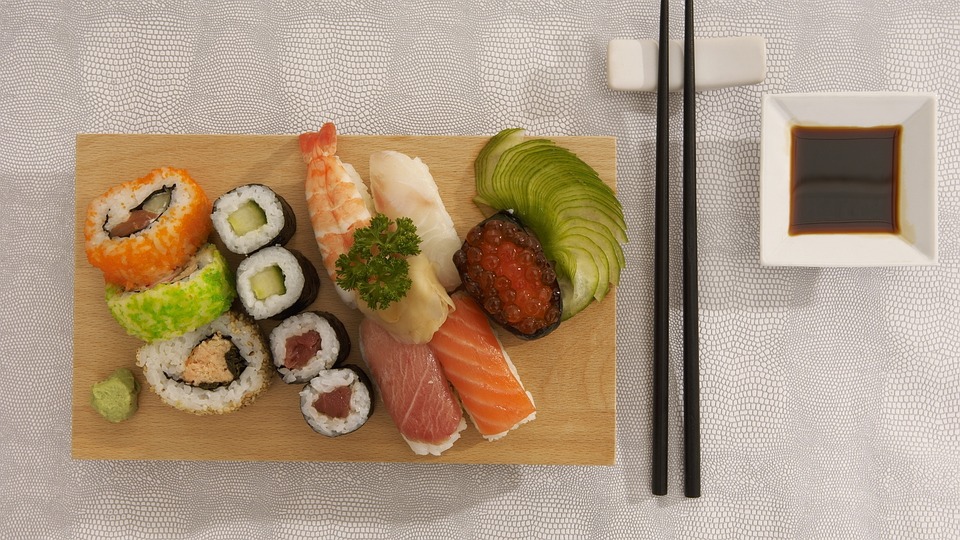


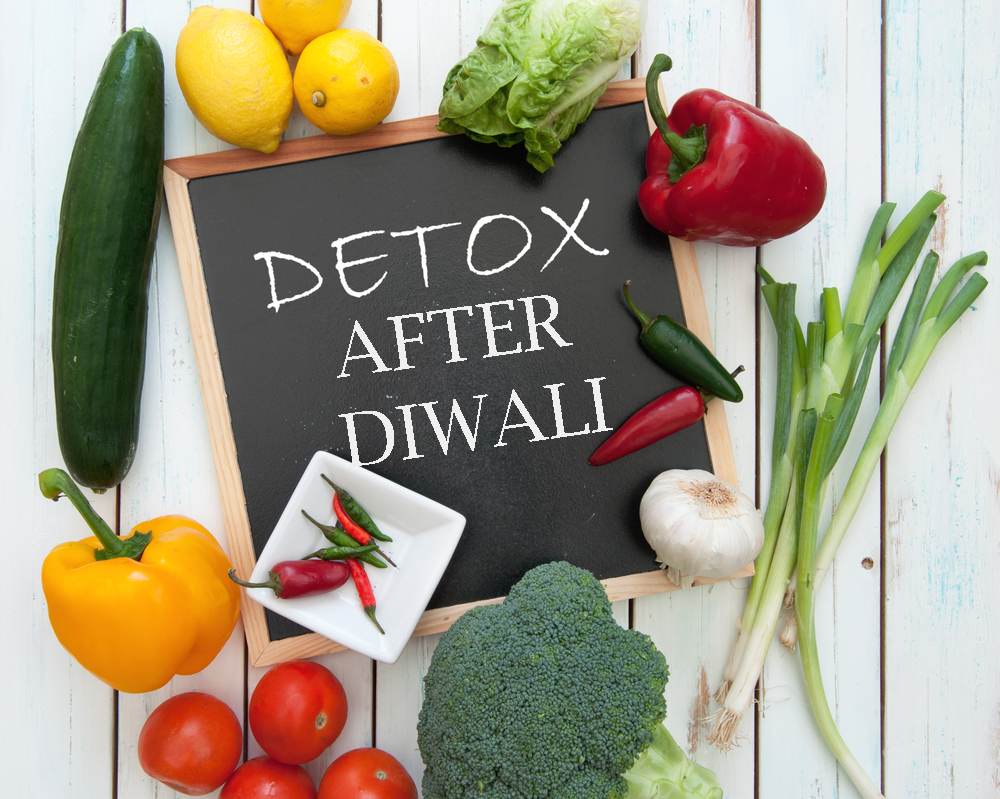




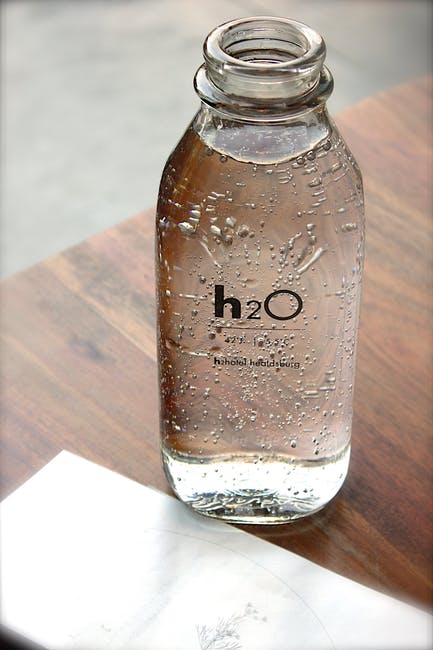
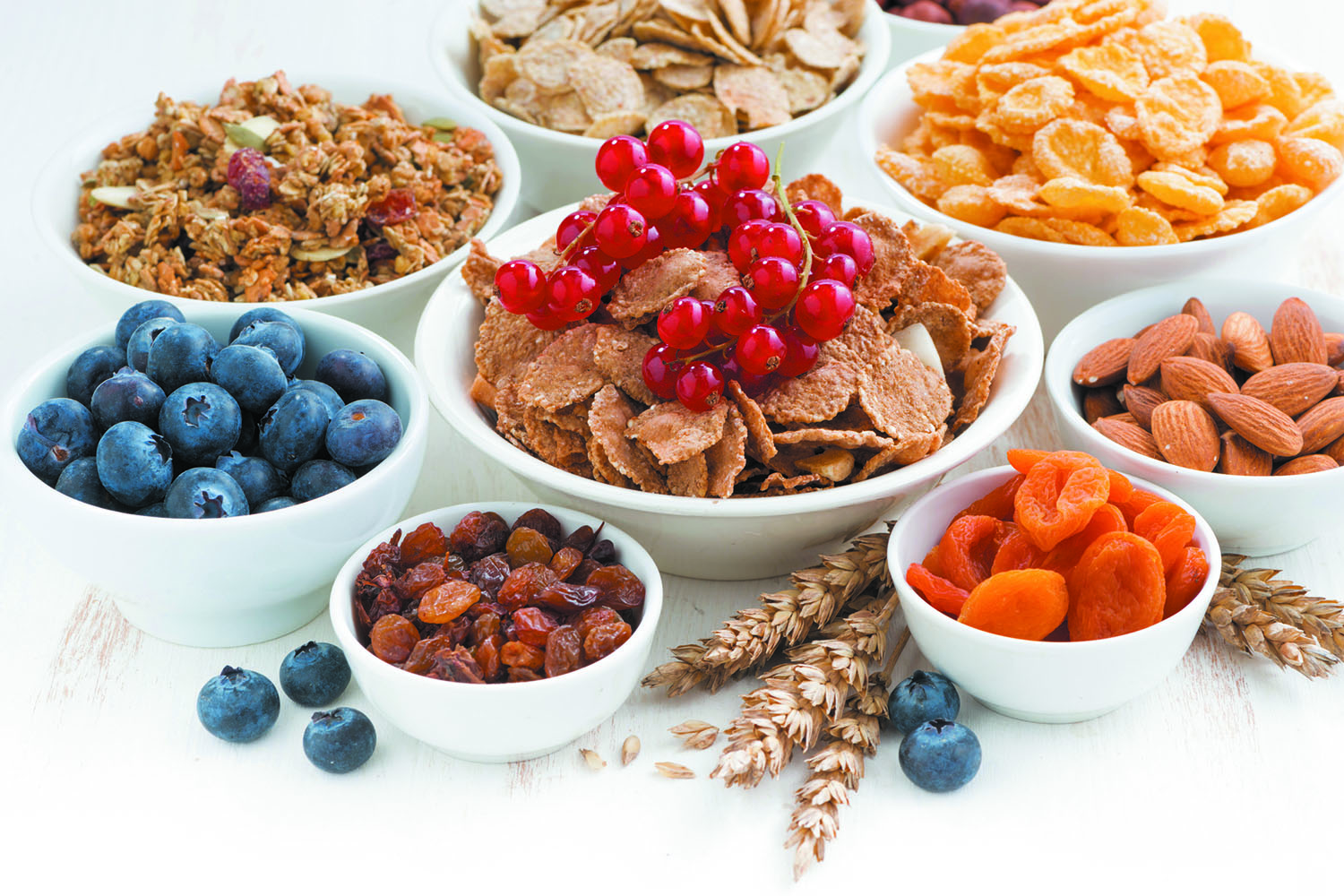



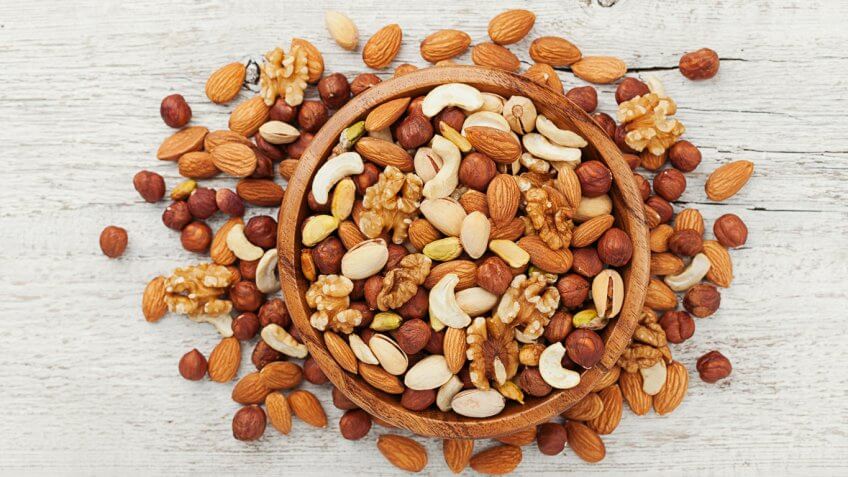
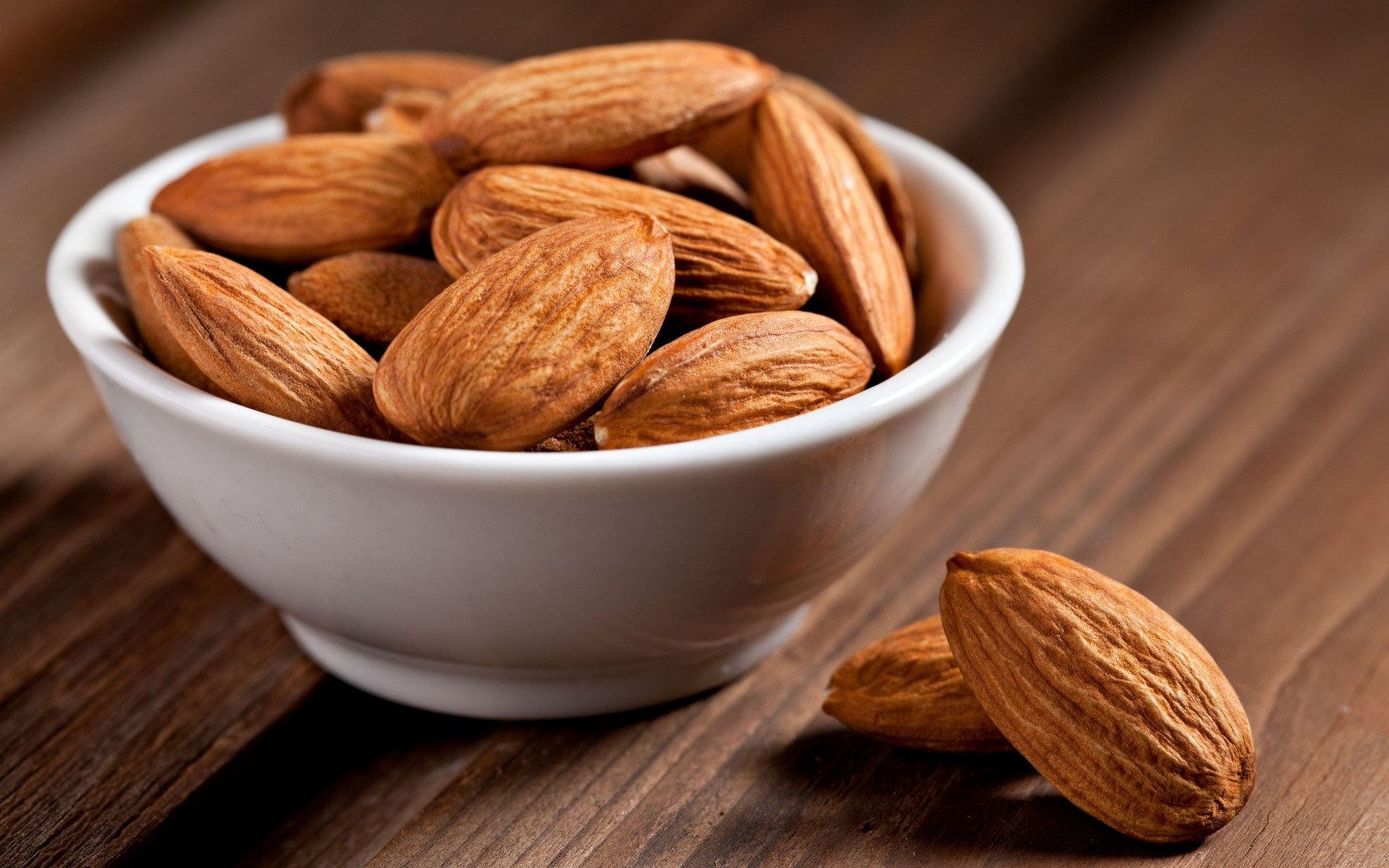 Can a high-fat food be good for you? Almonds challenge this oxymoron perfectly well. It’s rich in monounsaturated fatty acids that have a heart-protective role and are excellent for your brain and skin health. Almonds are also rich in Vitamin E, magnesium and potassium, all of which go hand in hand to maintain normal blood pressure, improve blood circulation and maintain healthy heart function. Trace minerals like copper and manganese found in almonds have added to their health quotient. Both copper and manganese are needed in very small quantities, but have an important role to play. Eat in small quantities (4-7 pieces) daily to get a whole entourage of health benefits.
Can a high-fat food be good for you? Almonds challenge this oxymoron perfectly well. It’s rich in monounsaturated fatty acids that have a heart-protective role and are excellent for your brain and skin health. Almonds are also rich in Vitamin E, magnesium and potassium, all of which go hand in hand to maintain normal blood pressure, improve blood circulation and maintain healthy heart function. Trace minerals like copper and manganese found in almonds have added to their health quotient. Both copper and manganese are needed in very small quantities, but have an important role to play. Eat in small quantities (4-7 pieces) daily to get a whole entourage of health benefits. The outer layer of the shelled walnut -the white-ish, flaky, sometimes waxy part has a bitter flavour. But resist the urge to remove it. Research shows that 90 per cent of the antioxidants -including the phenolic acids, tannins, and flavonoids -are found in the skin.Walnuts are excellent sources of Vitamin E in a form that is unusual to find gamma-tocopherol. It has a major cardio-protective role. Along with great taste and health benefits, they are sources of monounsaturated fats and Omega-3 fatty acids. Add them to salads, desserts or just pop , them daily (3-4 halves).
The outer layer of the shelled walnut -the white-ish, flaky, sometimes waxy part has a bitter flavour. But resist the urge to remove it. Research shows that 90 per cent of the antioxidants -including the phenolic acids, tannins, and flavonoids -are found in the skin.Walnuts are excellent sources of Vitamin E in a form that is unusual to find gamma-tocopherol. It has a major cardio-protective role. Along with great taste and health benefits, they are sources of monounsaturated fats and Omega-3 fatty acids. Add them to salads, desserts or just pop , them daily (3-4 halves).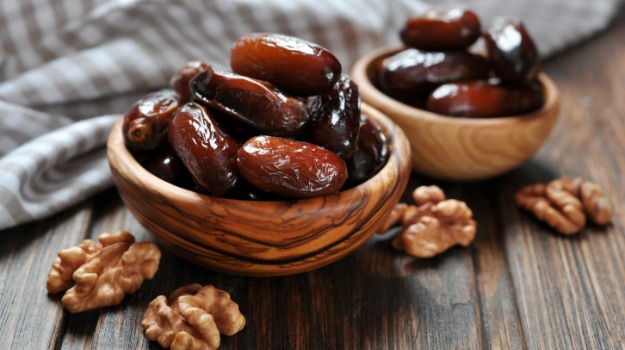 Incredibly delicious, dates are one of the most popular fruits packed with an impressive list of essential nutrients, vitamins and minerals, required for normal human growth, wear-n-tear and overall wellbeing. Rich in fructose and dextrose, dates provide simple sugars easily and are a good way to start the day and jump-start the body’s metabolism. Enjoy 1-2 medium-sized dates daily. Over indulgence can turn the tables on you.
Incredibly delicious, dates are one of the most popular fruits packed with an impressive list of essential nutrients, vitamins and minerals, required for normal human growth, wear-n-tear and overall wellbeing. Rich in fructose and dextrose, dates provide simple sugars easily and are a good way to start the day and jump-start the body’s metabolism. Enjoy 1-2 medium-sized dates daily. Over indulgence can turn the tables on you.